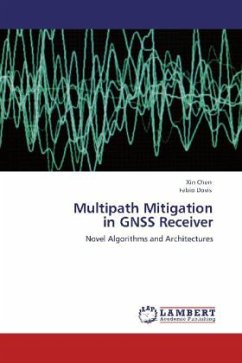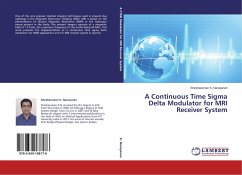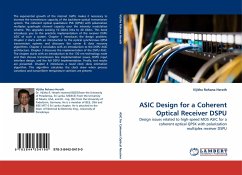The large advancement achieved in Global Navigation Satellite Systems (GNSS) technologies makes it indispensable to our society, ranging from scientific research to people's ordinary life. However, multipath effects have become one of the limiting error sources to the further improvements in performance. In this book, the reasons why multipath can cause severe errors to GNSS receivers are analyzed, and a new multipath mitigation architecture, namely Coupled Amplitude and Delay Lock Loops (CADLL), is presented. The CADLL architecture uses the idea of separately tracking the line-of-sight signal and multipaths, thus boosting the performance. A new Angle-of-Arrival (AOA) estimation algorithm using antenna array, namely iterative Maximum Likelihood Estimation (iMLE), is also presented in this book. iMLE has the advantages of low computational complexity, fast and global convergence and better estimation accuracy. It is a promising method for mitigating very near multipath mitigation in the future work.








